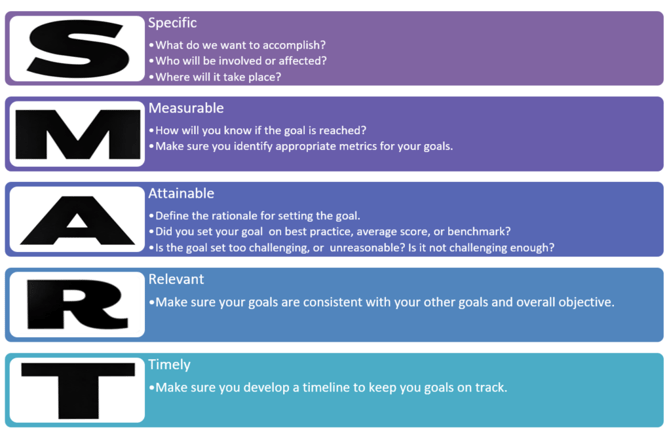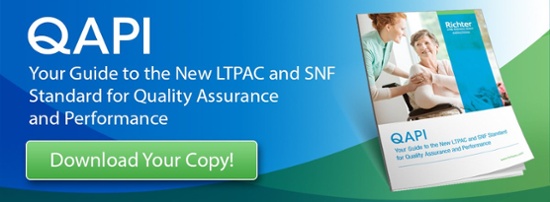- Solutions
- Accounting
- Additional Documentation Requests (ADRs) Management & Support
- Clinical Consulting
- EHR Implementation & Optimization
- Medicaid Eligibility
- Outsourced Contract Controller Services
- Outsourced Revenue Cycle Management
- PointClickCare® Consulting
- QAPI Consulting
- Resident Trust Fund Management & Advisory Services
- Revenue Cycle and Reimbursement Consulting
- Who We Serve
- Resources
- Careers
- About Us
- Contact

 If you work in a Long Term Post-Acute Care (LTPAC) setting, you know that in our field the only constant is change. There is, however, one process that has been with us, in one form or another, for quite a long time. Until recently, Quality Assurance and Performance Improvement were two separate processes. These have since been streamlined into what we now know as the
If you work in a Long Term Post-Acute Care (LTPAC) setting, you know that in our field the only constant is change. There is, however, one process that has been with us, in one form or another, for quite a long time. Until recently, Quality Assurance and Performance Improvement were two separate processes. These have since been streamlined into what we now know as the  Element 1: Design and Scope
Element 1: Design and Scope Element 2: Governance and Leadership
Element 2: Governance and Leadership Element 3: Feedback, Data Systems, and Monitoring
Element 3: Feedback, Data Systems, and Monitoring Element 4: Performance Improvement Projects
Element 4: Performance Improvement Projects Element 5: Systematic Analysis and Systematic Action
Element 5: Systematic Analysis and Systematic Action


